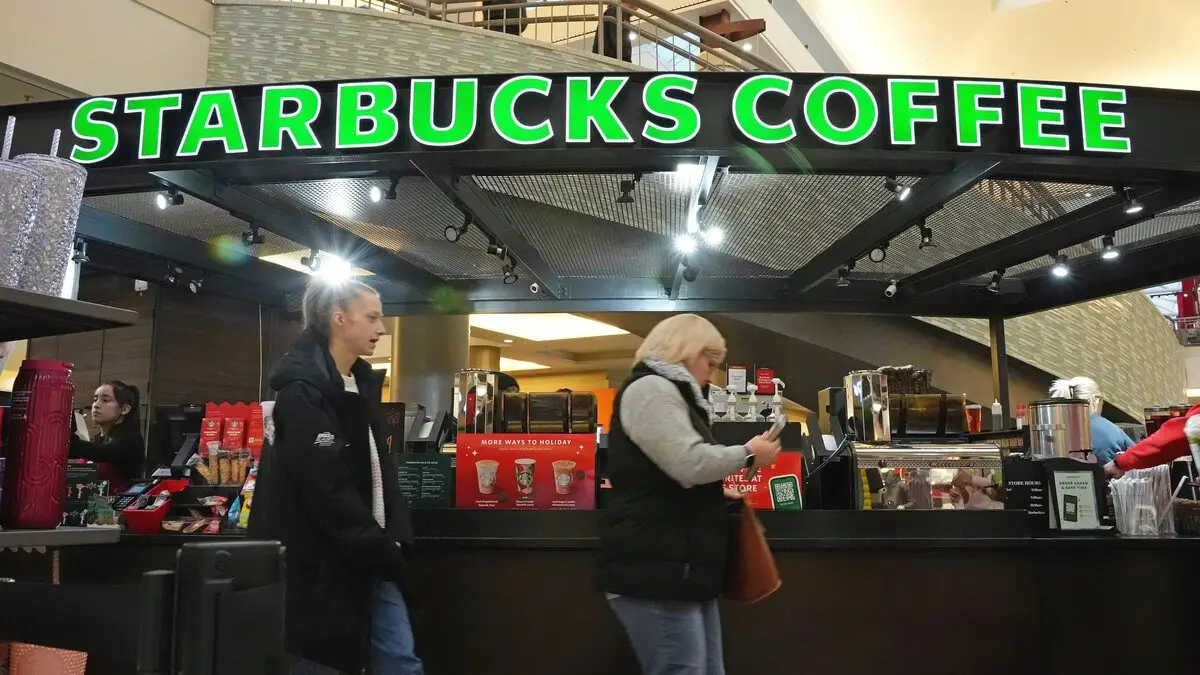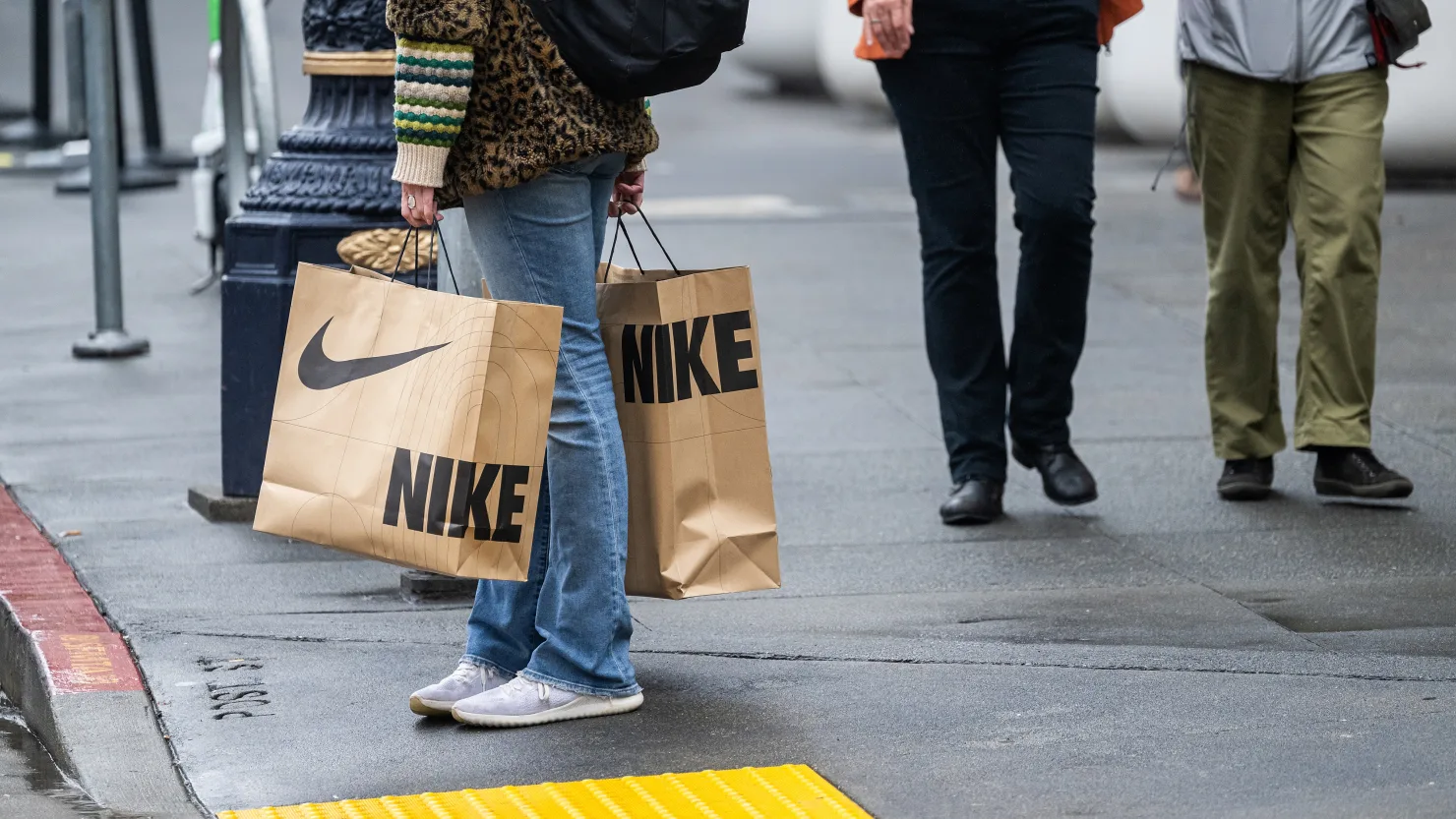Starbucks has revealed a major restructuring plan that involves closing over one hundred company-operated stores across North America, along with substantial corporate layoffs. The program is part of a broader “Back to Starbucks” initiative intended to sharpen focus on quality, customer experience, and sustainable profitability.
Scale and Scope of Closures
The coffee giant says the closures will affect approximately 1 percent of its U.S. and Canadian company-operated outlets. The exact number is not fully confirmed, but insiders and store reports suggest that more than 150 venues are being shuttered, especially in states like California, Massachusetts, Oregon, Washington, New Jersey, Maryland, the District of Columbia, and Virginia.
In Texas alone, at least 20 Starbucks locations are reported to be impacted, ranging from suburban and rural areas to smaller cities. Meanwhile, several prominent venues—including a flagship “Reserve” roastery in Seattle—are among the casualties of this round of cuts.
Reasoning Behind the Shift
Starbucks leadership justified the closures by explaining that certain stores no longer met evolving customer expectations or lacked viable paths to profitability. According to internal assessments, some sites were “unable to create the physical environment” Starbucks desires, or simply failed to generate sufficient financial returns.
CEO Brian Niccol has framed the move as a difficult but necessary step toward revitalizing Starbucks’ identity as a welcoming “third place” — a local space beyond home or work—rather than a transactional stop.
Another pillar of the strategy is to phase out or convert pickup-only locations, which Starbucks says can feel overly transactional and disconnected. Over the coming years, many of these will either be closed or transformed into full service cafés.
Employee Impacts & Support
Alongside the store closures, Starbucks plans to cut approximately 900 non-retail corporate roles. Affected corporate workers will be offered severance and benefits extensions, while store employees in closing outlets may be offered transfers to nearby locations where possible.
Workers and union representatives are closely monitoring the process. Many are pressing the company to ensure that transfers respect employee preferences and that severance packages are fair and sufficient.
Broader Business & Market Ramifications
Analysts view Starbucks’ restructuring as a response to sustained soft performance in same-store sales—six consecutive quarters of declines in some regions—and shifting consumer behavior.
By shrinking its footprint selectively and investing more in store quality and experience, Starbucks hopes to both cut underutilized assets and reinvest savings into more promising venues.
However, the risk is that customers formerly loyal to closing stores may defect to competitors or local cafés. In dense urban areas or communities with limited alternatives, closure of a Starbucks can leave a noticeable gap in lifestyle options.
What to Watch Going Forward
- Further closure announcements: As Starbucks completes its internal audits, additional underperforming locations may be added to the list.
- Retail redesigns: The company has pledged to refurbish over 1,000 existing stores, upgrading ambiance, seating, and customer comfort features.
- Employee transfers & morale: How smoothly staff relocations and reassignments are handled will influence public perception and internal morale.
- Customer loyalty shifts: Whether patrons remain loyal to Starbucks or migrate to rivals in affected neighborhoods will test the brand’s resilience.
- Long-term financial results: Ultimately, success depends on whether Starbucks can return to growth by focusing on fewer but more profitable stores, rather than just cost cutting.
In sum, Starbucks’ announcement marks one of its most sweeping reshuffles in years. The company is betting that strategic contraction, better store experience, and more intentional investment will strengthen its competitive position — but the coming months will be critical for seeing whether that bet pays off.
















Leave a Reply